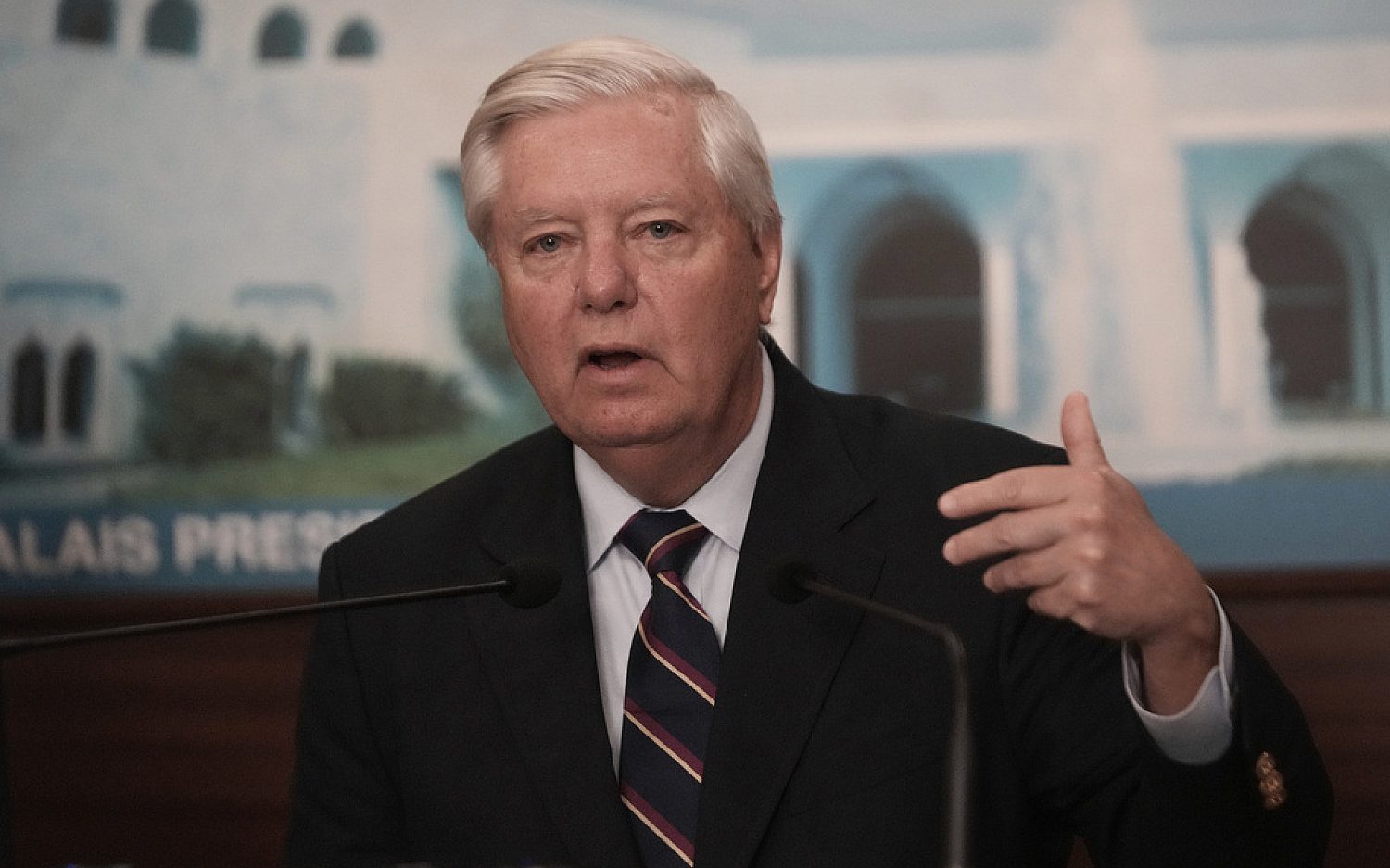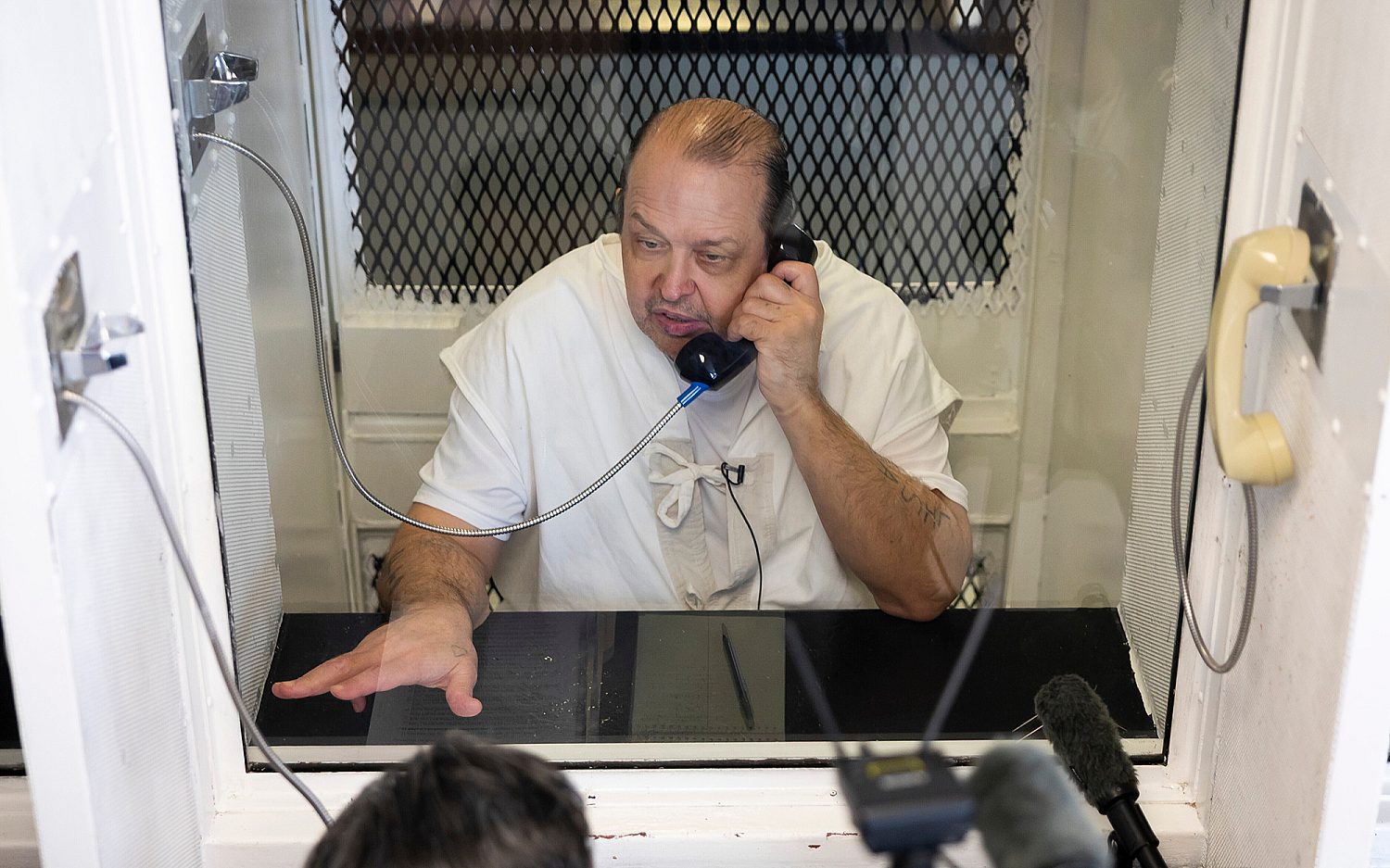Research group: U.S. needs Martian aspirations
After men went to the moon in the 1960s and 70s, many people hoped a manned mission to Mars would follow in short order. Instead, humans have mostly just orbited Earth with space stations and shuttles for 40 years. A new report mandated by Congress recently concluded the biggest obstacle to deeper space exploration is not lack of technology, but lack of political will.
The 300-page report by the National Research Council (NRC) is titled, Pathways to Exploration: Rationales and Approaches for a U.S. Program of Human Space Exploration. Authored by the NRC’s Committee on Human Spaceflight, the report recommends the United States pursue a disciplined, pathway approach leading to the “horizon goal” of putting humans on Mars. That approach would require a steadfast commitment, international collaboration, and a seriously increased budget.
Justifying human space exploration takes a combination of pragmatism and aspiration.
“Pragmatic rationales alone are inadequate to justify human spaceflight,” said Jonathan Lunine, professor of astronomy at Cornell University and co-chairman of the committee. “Aspirational and pragmatic rationales, in combination, argue for a continuation of our nation’s human spaceflight program. The feasible destinations where humans can travel in space are the moon, asteroids, Mars, and the moons of Mars.”
The committee looked at three options for human space exploration. One involves a return mission to the moon as a risk-reduction effort before attempting a Mars orbital mission in 2030. The other two pathways would have astronauts landing on either an asteroid or one of the Martian moons before attempting a landing on the surface of Mars.
Completing any of those plans will require a much more mature level of technological development. The committee identified 10 high-priority capabilities that must be addressed. To achieve those goals, the report recommended NASA’s human spaceflight budget be increased by at least 5 percent per year. That means Congress, the president and other elected leaders are the critical enablers of the nation’s investment in human spaceflight.
If the country’s leadership gets on board, the next 40 years of human spaceflight could look quite different than the past 40, perhaps allowing American space explorers to go where no one has gone before.
Listen to more of Michael Cochrane's report on the National Research Council study on The World and Everything in It:
Lynde Langdon contributed to this report.
An actual newsletter worth subscribing to instead of just a collection of links. —Adam
Sign up to receive The Sift email newsletter each weekday morning for the latest headlines from WORLD’s breaking news team.




Please wait while we load the latest comments...
Comments
Please register, subscribe, or log in to comment on this article.